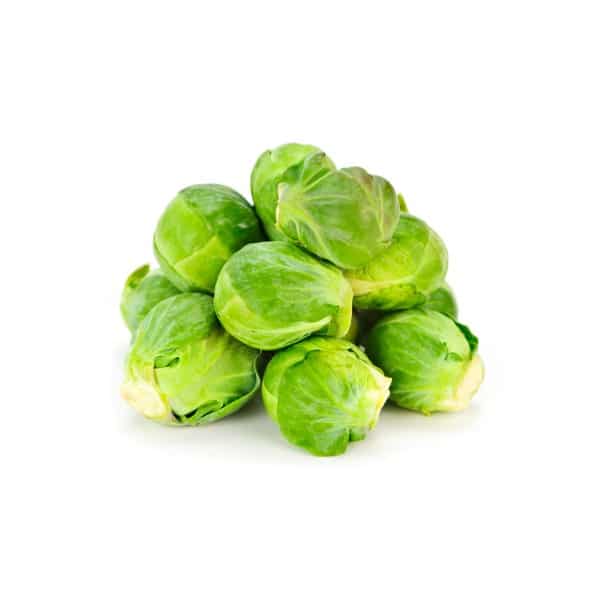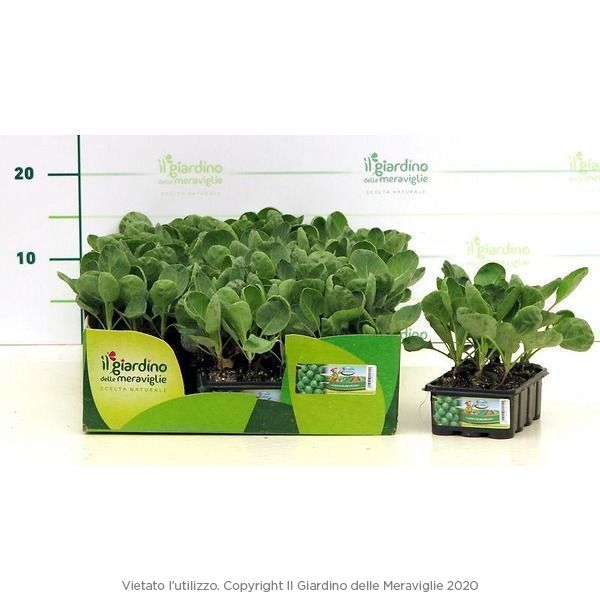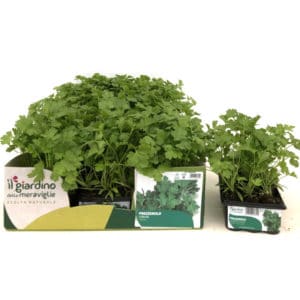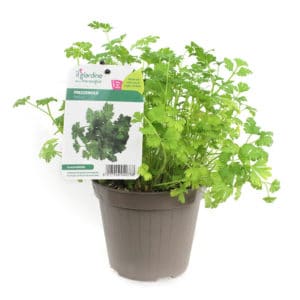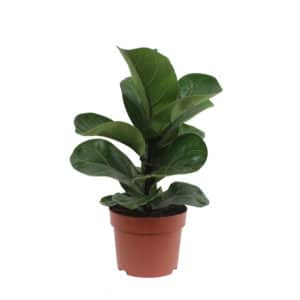Description
Brussels sprouts are a classic cool-season crop prized for their high nutritional value, including vitamins C, K, and folate. They are a staple of Northern European winter diets and are growing in popularity globally.
Appearance: The plant is distinctive, featuring a tall, erect stem (up to 1 meter) lined with small, compact, round green buds, resembling miniature cabbages.
Flavour Profile: Modern varieties have been bred for less bitterness. The sprouts develop their best flavour, becoming sweeter and milder, after being exposed to cold temperatures (a light frost is traditionally sought after).
Culinary Use: Extremely versatile and best when not overcooked (which releases sulfur compounds and causes the notorious odour):
Roasting: Common preparation to enhance sweetness and create a crispy texture.
Sautéing/Frying: Often paired with bacon/pancetta, chestnuts, or balsamic vinegar.
Steaming/Boiling: Best done briefly to maintain texture and nutrients.
Growing Guide: Brussels sprouts are one of the most cold-tolerant Brassicas and require a long, cool growing season. In Malta, they are grown as a winter crop.
When to Plant: Sowing should start in the summer, and seedlings must be transplanted in the early autumn to ensure they mature during the cool season.
Transplant Seedlings: August–September. The plants need time to grow tall stems before the buds (sprouts) start to form as the weather cools and days shorten.
Location/Sun: Requires a position in full sun.
Soil: Requires very fertile, soft, well-drained soil rich in organic matter. They are heavy feeders and benefit from the addition of compost or aged manure. They prefer a pH close to neutral.
Spacing: Requires a lot of space for development: 40–50 cm (16–20 inches) between plants and 70 cm (28 inches) between rows.
Planting Tip: Plant deeply, right up to the first set of true leaves, and firm the soil well around the base to prevent the tall plants from rocking in the wind, which can damage roots and slow growth.
Watering: Requires consistent and adequate watering, especially during the summer/early autumn establishment phase. In winter, irrigation can be reduced or stopped entirely. Avoid waterlogging, which can cause root rot.
Feeding: Brussels sprouts are heavy feeders, particularly of Nitrogen for tall, leafy growth. Feed regularly with a high-nitrogen fertiliser until the sprouts begin to form, then switch to a more balanced feed.
Pest Control: Like all Brassicas, they are susceptible to the Cabbage White Butterfly (Cavolaia) and aphids. Check regularly and use netting to deter butterflies or organic treatments (like Neem Oil or soft soap) for aphids.
Harvesting: The total growing time is long (about 4 months from seeding).
Harvest the sprouts when they are firm and have reached their mature size, typically starting in December/January and continuing through early spring.
Harvest scalare (gradually), starting from the bottom of the stalk and moving upwards, leaving the top growth point intact to encourage continued maturation.
Optional Tip: Pinching out the top growing tip of the plant in early autumn can encourage a more uniform, earlier harvest of the remaining sprouts.
